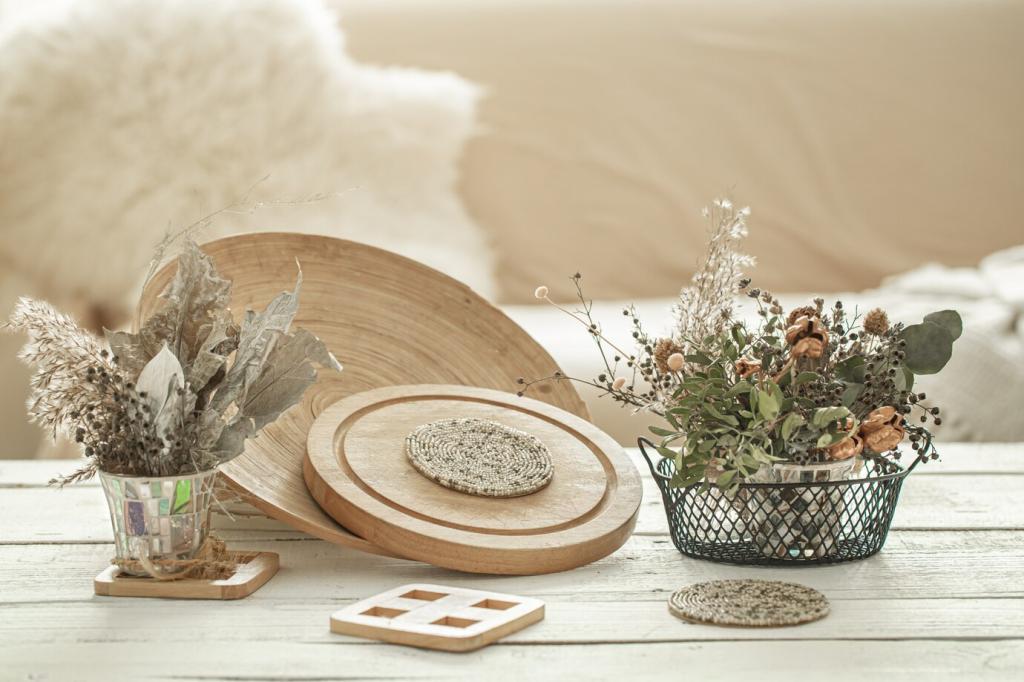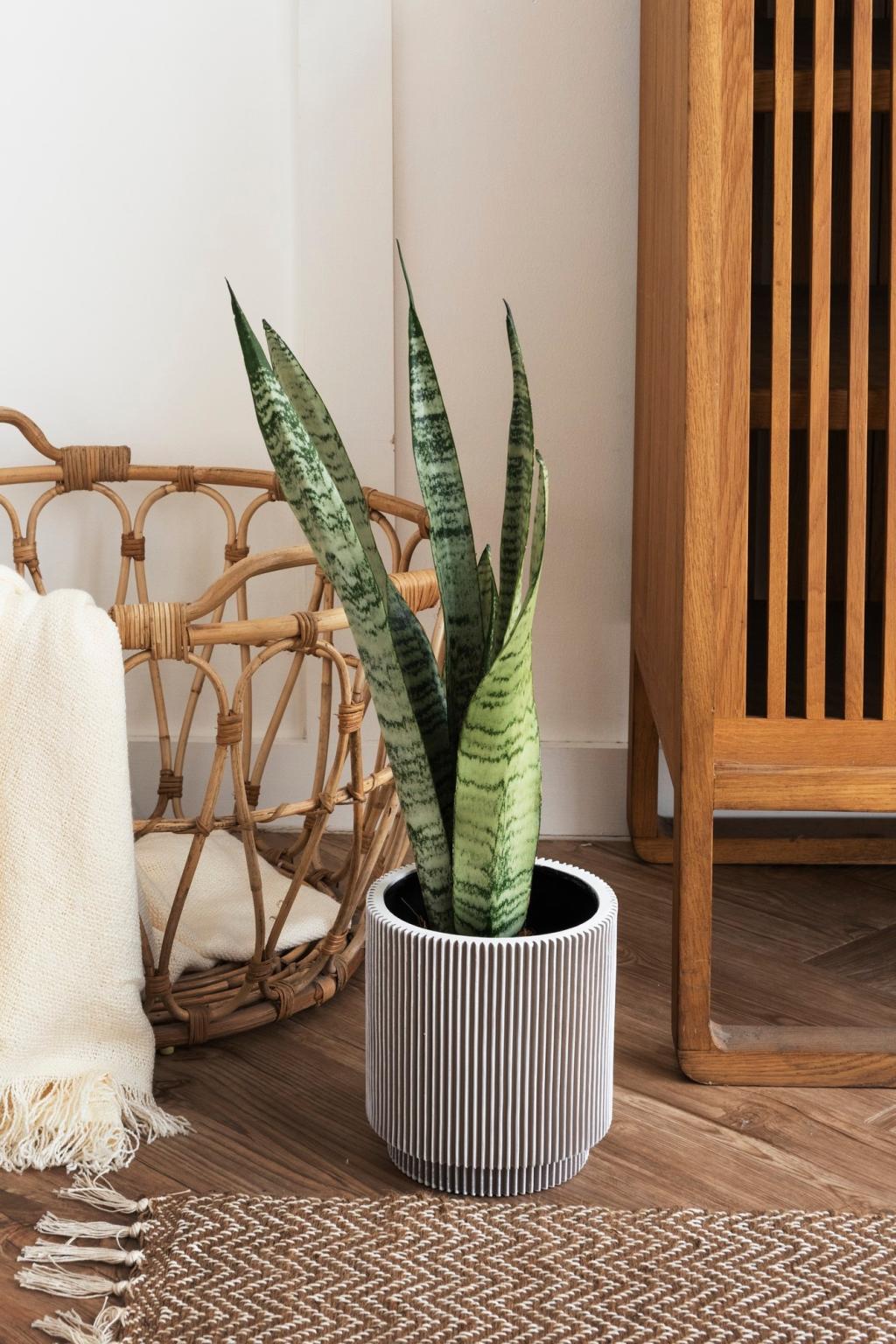
Sustainable Textile Choices: Dress Your Values Without Compromising Style
Chosen theme: Sustainable Textile Choices. Step into a wardrobe where every fiber has a conscience and every stitch tells a story about care for people, planet, and timeless, personal style.
Why Sustainable Textile Choices Matter
The Hidden Footprint of Fabric
From farm fields to finishing plants, textiles travel a long path. Water, energy, chemicals, and transportation shape each garment’s true cost. Knowing this journey empowers you to choose fabrics that tread more lightly.
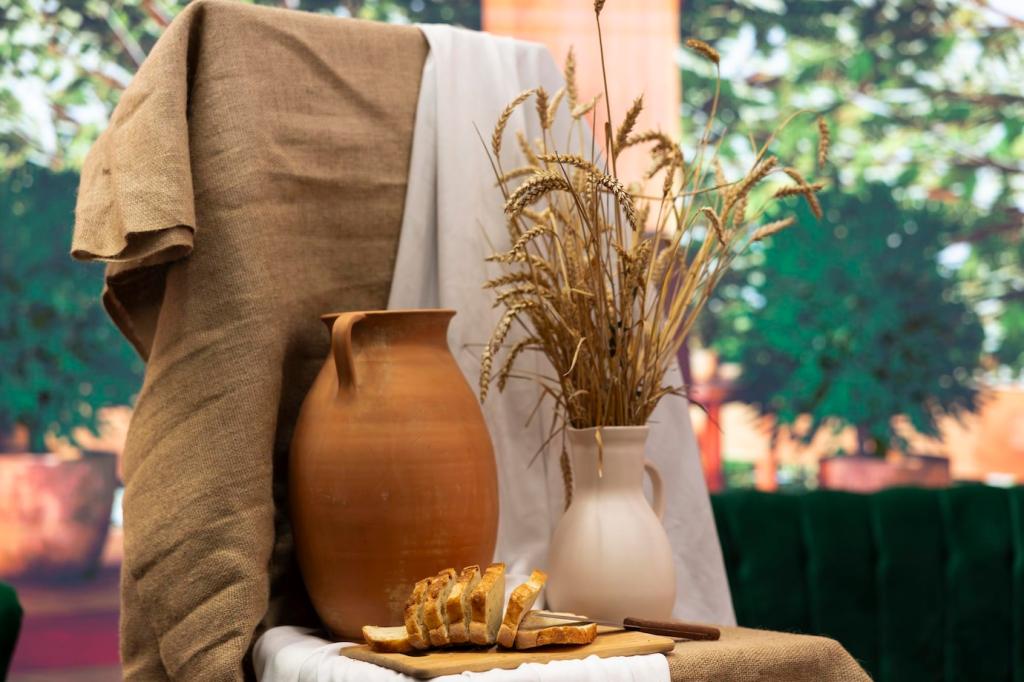
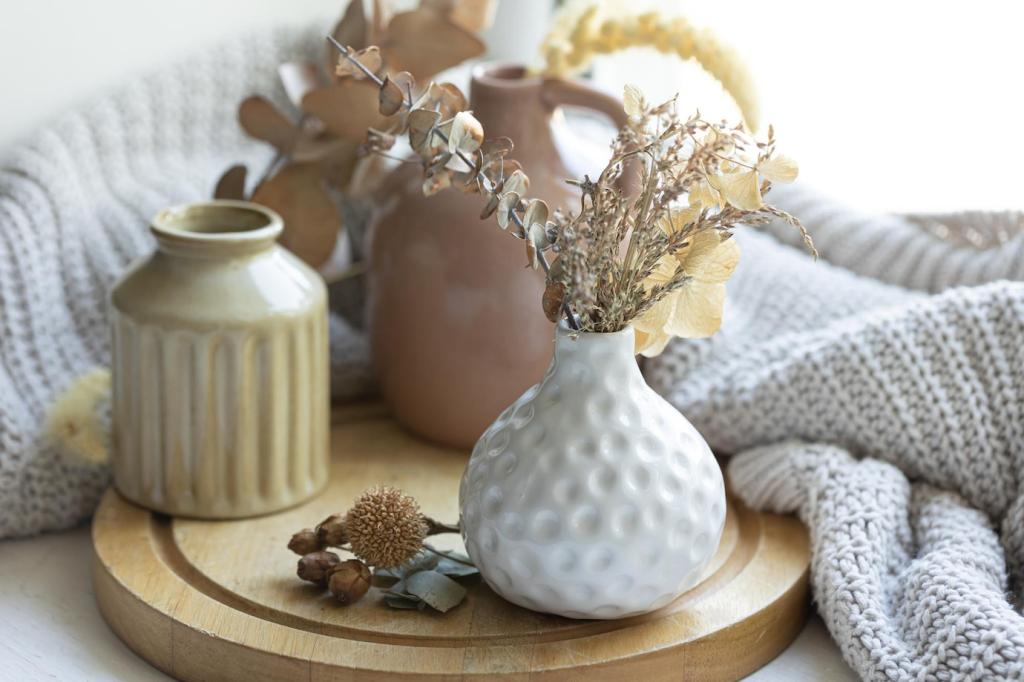
Health, Communities, and Ecosystems
Pesticide-heavy crops and toxic dye effluent jeopardize farmworkers, rivers, and nearby communities. Favoring organic fibers, cleaner processes, and certified mills helps protect people and places we may never see but deeply affect.
Fiber Guide: From Field and Forest
Organic Cotton vs. Conventional
Organic cotton avoids synthetic pesticides and often uses more efficient water strategies. While no crop is impact-free, organic practices support healthier soils and farm ecosystems, making your tees and sheets gentler by design.
Linen and Hemp, Masters of Restraint
Linen from flax and robust hemp thrive with modest inputs, producing strong, breathable fabrics that soften with wear. Their natural resilience and durability make them excellent anchors for a lean, thoughtful wardrobe.
Regenerated Cellulose: Lyocell and Modal
Lyocell (often branded TENCEL) is made in closed-loop systems that recover solvents, reducing waste. Modal offers softness and drape. Prioritize reputable suppliers to ensure forests are responsibly managed and processing remains truly clean.
Recycled and Circular Options
Recycled polyester saves resources compared to virgin, yet microfibers can still shed during washing. Use a filter bag or machine filter, wash less, and choose tightly knit fabrics to reduce microplastic release.
Recycled and Circular Options
Transforming existing garments and deadstock fabric prevents new resource extraction while sparking creativity. Vintage wool coats, re-cut into modern silhouettes, carry history forward and keep beautiful textiles out of landfills.


Dyes and Finishes: The Invisible Impact
Indigo vats, madder, and low-impact synthetics can reduce toxic runoff when responsibly managed. Look for brands that disclose dye houses and water treatment, bringing the chemistry backstage into honest daylight.
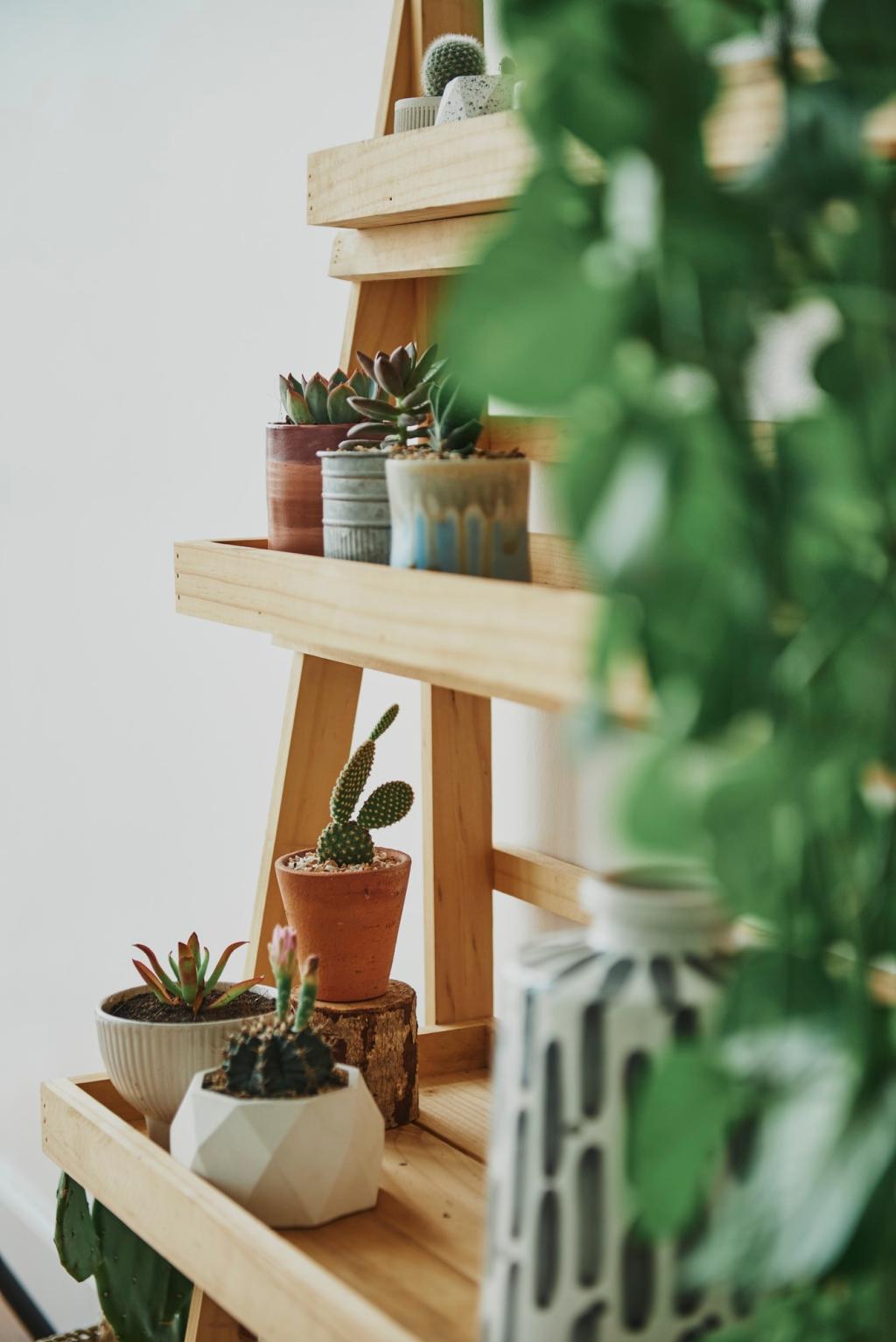
Care, Repair, and Longevity
Cold cycles, gentle detergents, and line drying reduce energy use and fabric stress. Spot-clean when possible, and skip unnecessary washes to protect fibers while keeping colors and silhouettes intact.
Care, Repair, and Longevity
A visible darn on the elbow or a neat patch on beloved jeans turns flaws into stories. Share your repair wins with our community and inspire others to cherish what they already own.
Care, Repair, and Longevity
Fold heavy knits, use cedar to deter moths, and brush wool with a fabric comb. Thoughtful storage prevents pilling, stretching, and insect damage, safeguarding your garments through many years of wear.
Ethics and Transparency
Labels like Fair Trade and social audits are steps toward dignity for makers. Ask brands hard questions about wages, benefits, and overtime policies to ensure your clothes uplift the hands that craft them.
Ethics and Transparency
Wool from regional farms, community mills, and small-batch weavers lowers transport emissions and strengthens local economies. Discover nearby artisans and let proximity become part of your garment’s narrative.
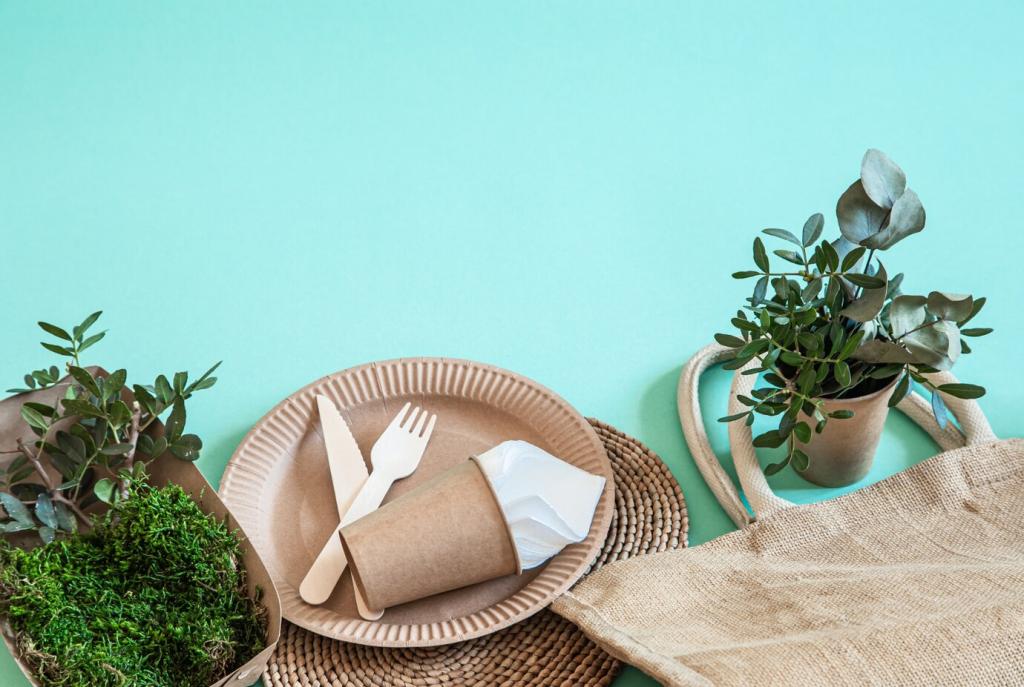
Building Your Sustainable Wardrobe
Choose a palette, define key silhouettes, and anchor your closet with versatile staples. A thoughtful capsule reduces impulse purchases and spotlights quality fabrics you truly love to wear often.
